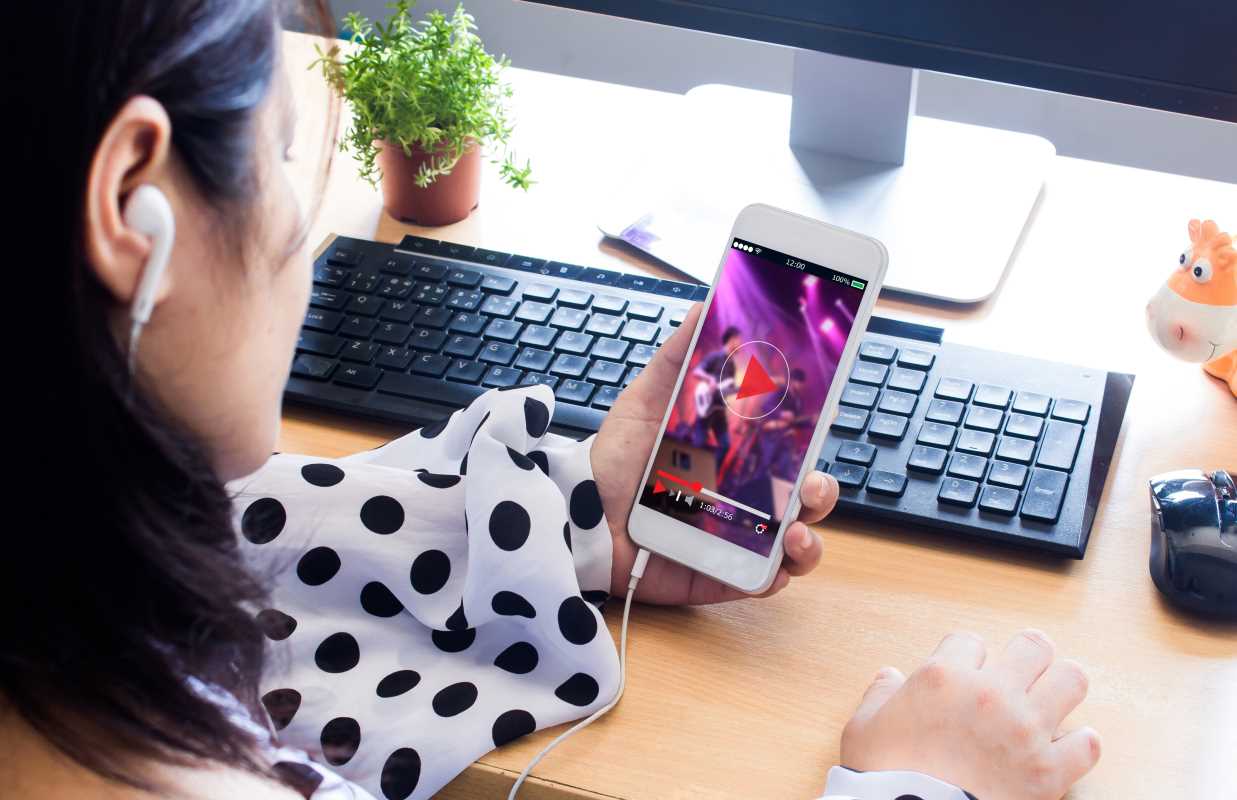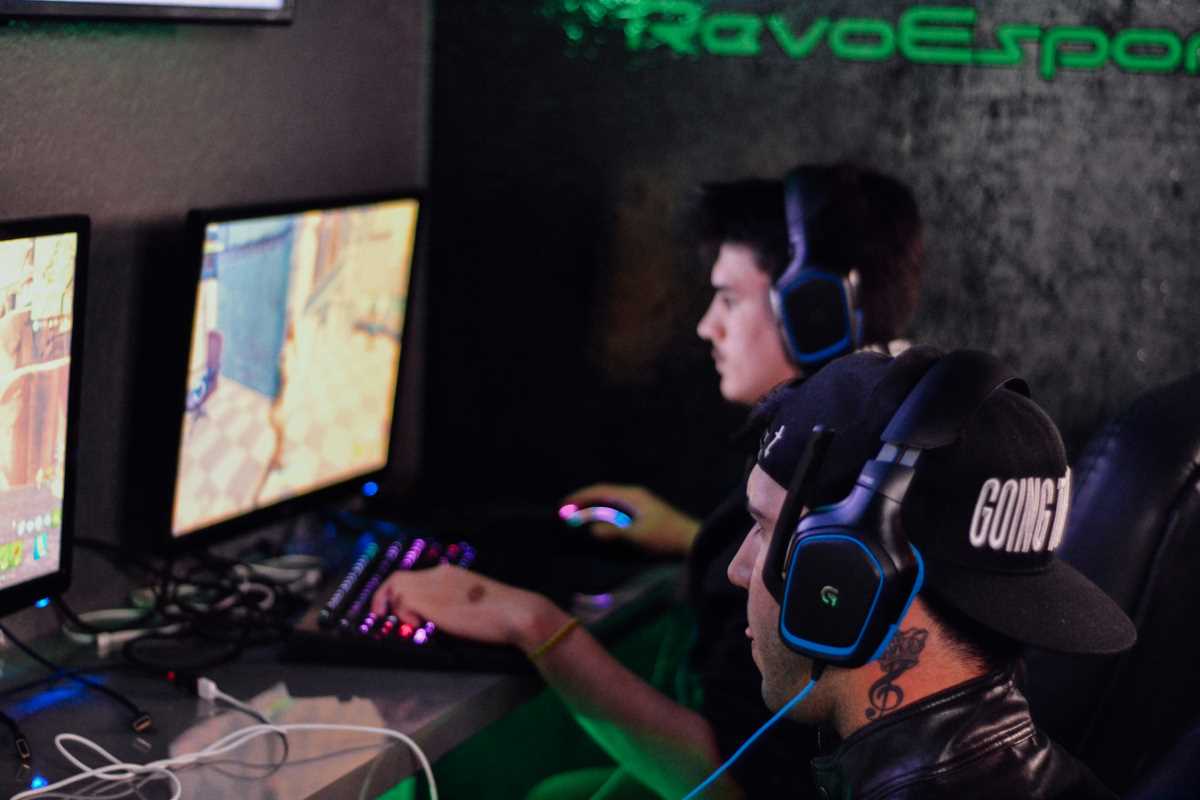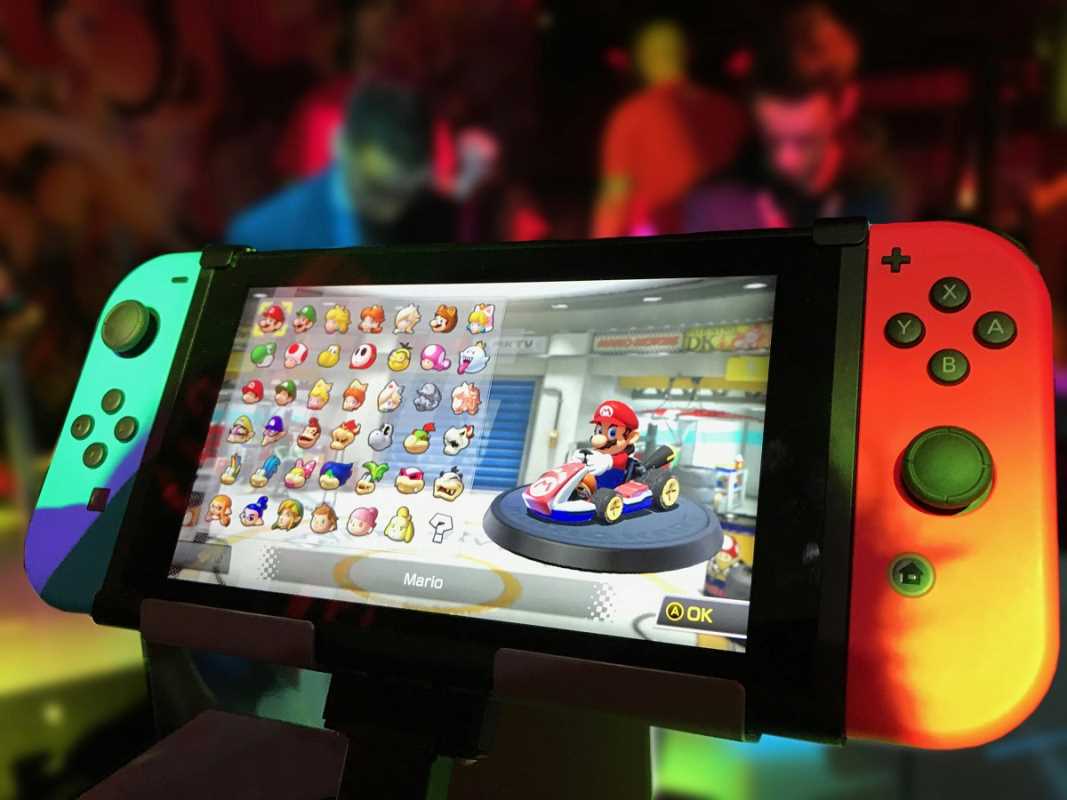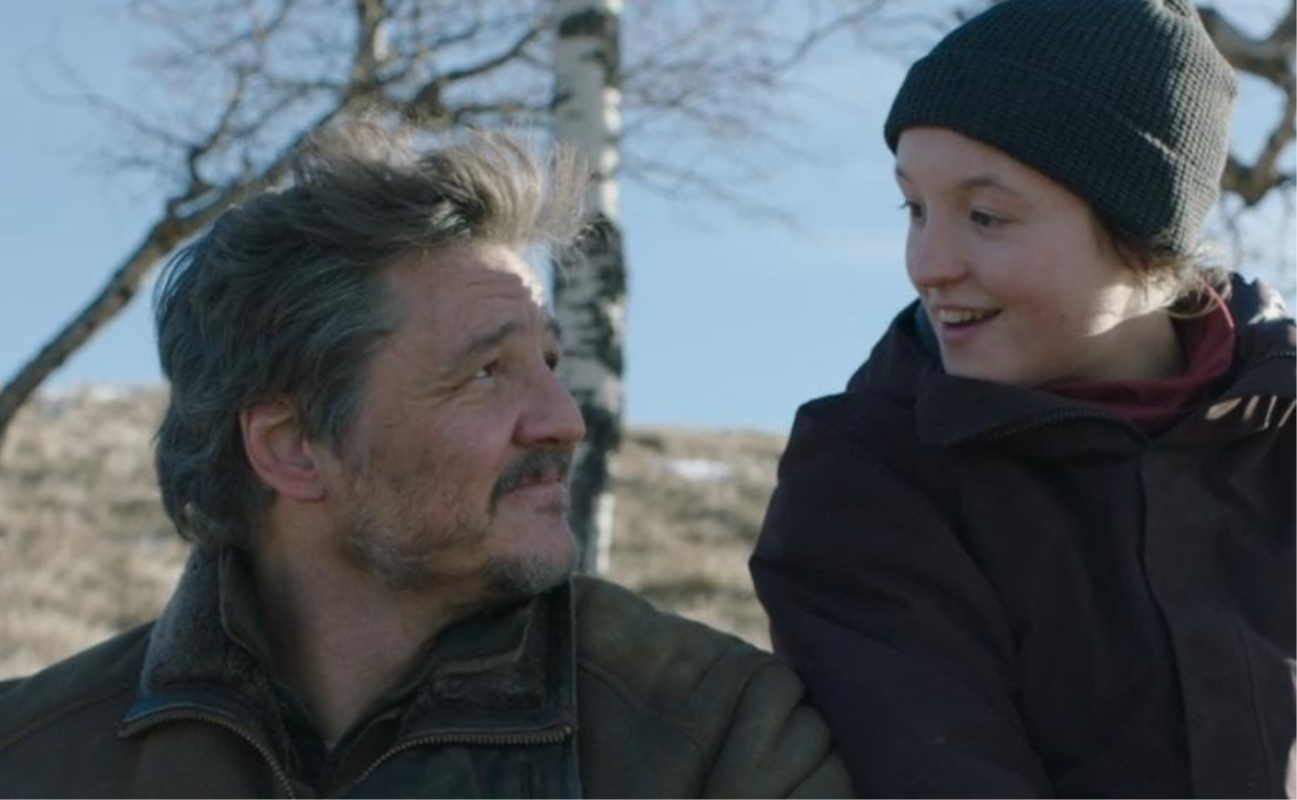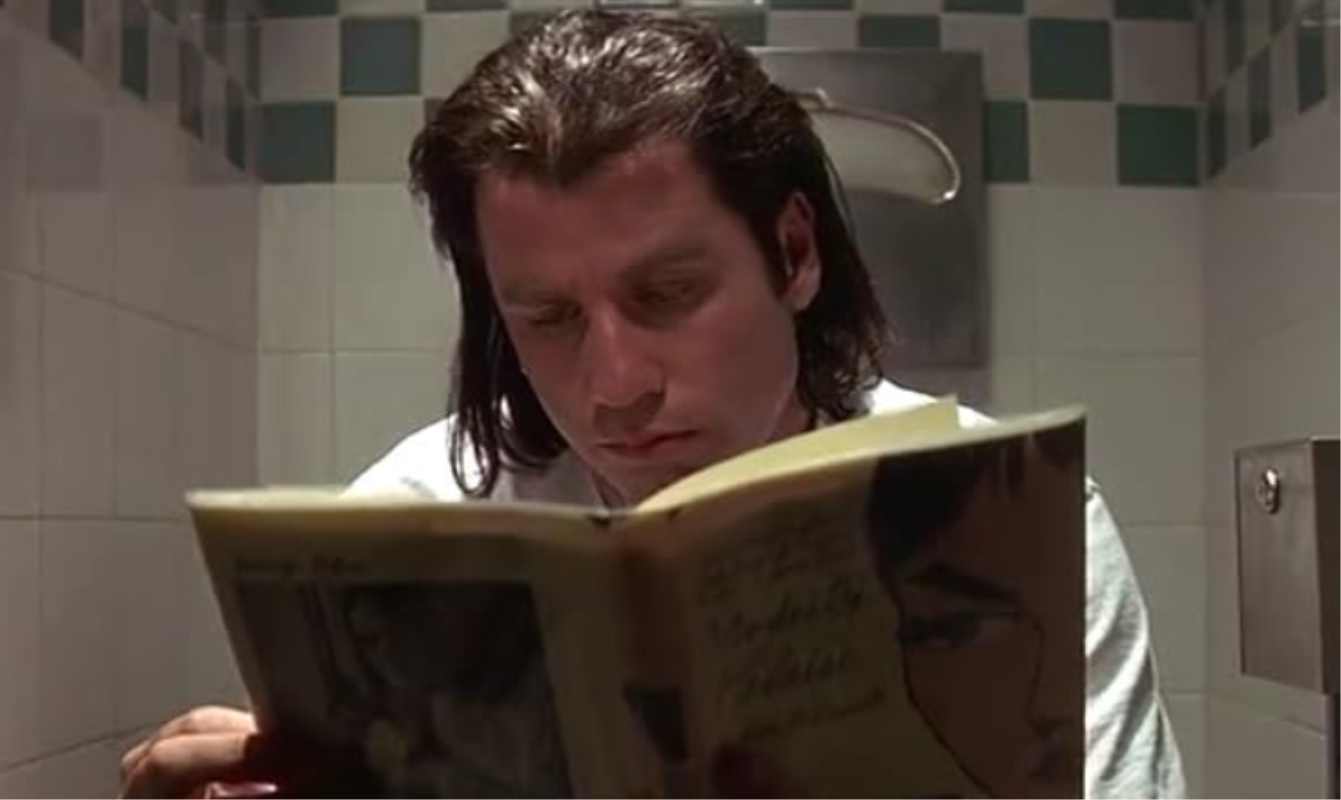Livestream concerts have come so far since the early days of awkward Zoom gigs and grainy YouTube streams. Remember when artists were figuring out how to vibe in their living rooms while fans cheered from couches in the chat? Those humble beginnings have paved the way for something incredible. Today, livestream concerts aren’t just a backup plan—they’re an experience all their own. Artists now use them to connect with fans in ways that rival, and sometimes surpass, in-person performances. Far from being a passing trend, livestream concerts have become an innovative and indispensable part of the music industry.
The Pandemic Pivot
First, rewind to 2020, when the world essentially pressed pause. With tours canceled and festivals postponed, musicians had to get creative. Fans were stuck at home, missing the magic of live music. To fill the gap, artists like BTS, Dua Lipa, and John Legend transformed their kitchens, studios, and empty arenas into makeshift stages.
At first, livestream concerts were basic, with audio glitches, buffering struggles, and rudimentary visuals. But fans embraced these early efforts, grateful for the chance to connect with their favorite artists during tough times. Before long, performers and platforms began exploring the untapped potential of livestreaming. What started as simple performances soon evolved into full-scale productions with elaborate visuals, interactive features, and immersive designs. Livestreams became more than concerts; they became experiences.
Environmental Benefits of Virtual Concerts
One often-overlooked benefit of livestream concerts is their positive impact on the environment. Traditional tours and festival infrastructure contribute significantly to carbon footprints due to travel, electricity usage, and waste. On the other hand, virtual events significantly reduce this environmental strain. Fans don’t need to travel, and artists can connect with global audiences without needing extensive tour logistics.
Some organizations and artists are now actively promoting green initiatives tied to livestreams. For every virtual ticket sold, a portion of proceeds often goes toward reforestation projects or carbon offset programs, reminding fans that music can inspire not just connection, but also sustainability.
Livestreams and the Shaping of Fan Engagement
Livestream concerts are redefining how fans and artists interact. Unlike traditional live events where the connection feels more one-sided, online concerts actively encourage participation. Chat rooms, real-time polls, and comment sections allow fans to engage directly with the performer and with one another. Platforms have even begun experimenting with gamified elements, rewarding fans for their interactions or contributions during the livestream.
Social media is also playing a huge role. After-parties often migrate to platforms like Instagram or Twitter, extending the concert experience beyond its scheduled runtime. For artists, livestreams have become an incredible tool for nurturing fan relationships, showing appreciation through direct shoutouts or exclusive content, like surprise track releases.
Global Reach and Inclusivity
The global accessibility of livestream concerts has created opportunities for fans who might never experience a live event otherwise. Whether it’s due to economic restrictions, disability, or physical distance, livestreams level the playing field. They’ve built communities that transcend borders, allowing fans from every corner of the world to engage together in real time.
Many platforms are incorporating accessibility features such as closed captioning, sign language interpretation, and customizable audio settings to accommodate diverse audiences. These efforts make livestream concerts some of the most inclusive experiences available, ensuring that everyone has a chance to enjoy the magic of live music.
Why Livestream Concerts Resonate with Gen Z
If there’s one thing Gen Z excels at, it’s connecting online, and livestream concerts fit seamlessly into this digital lifestyle. They break down traditional barriers, offering affordable ticket options and eliminating the need for travel. Couldn’t snag tickets to Taylor Swift’s live show? No problem, grab a livestream pass. Stuck halfway across the globe during Harry Styles’ tour? You can still experience the magic from your bed. Fans from Japan, the UK, and South America can share the same experience, hyping each other up in the chat as they watch together.
These events are highly interactive too. Artists use features like live Q&A sessions, polls, and even shoutouts to connect directly with fans. For Billie Eilish’s Happier Than Ever livestream, she turned an online showcase into a personal exchange, creating a genuine connection. And platforms like TikTok amplify the reach of these concerts. Olivia Rodrigo’s acoustic livestream gave fans a taste of new music and went viral in minutes, demonstrating the seamless blend of intimacy and shareability livestreams excel at.
Next-Level Livestream Experiences
The artistic scope of livestream concerts keeps expanding. BTS’ Bang Bang Con The Live set a precedent with intricate choreography, high-tech visuals, and fan-centric features, proving how immersive these events could be. Travis Scott’s Astronomical show inside Fortnite took things even further, merging gaming and music in a surreal experience with colossal holograms and cosmic stages.
Other artists have followed suit with groundbreaking productions. BLACKPINK’s The Show mixed live vocals and choreography with stunning aesthetics, while Dua Lipa’s Studio 2054 created a retro-futuristic universe brimming with neon lights and bold visuals. These performances aren’t just digital alternatives to live shows; they’re cutting-edge art forms redefining how concerts are experienced.
Emerging technologies like virtual reality (VR) and augmented reality (AR) hint at an even more exciting future. Imagine putting on a VR headset and feeling as though you’re standing front-row at a Beyoncé concert. The possibilities are limitless.
